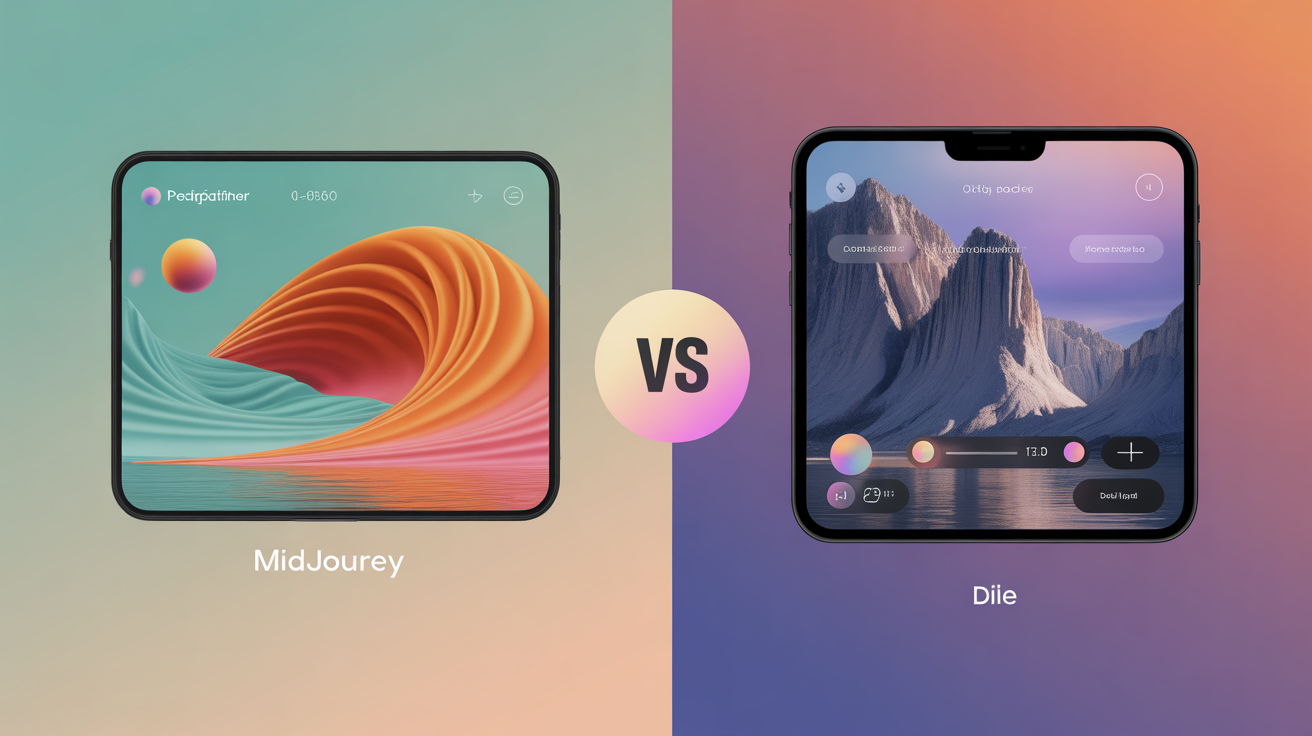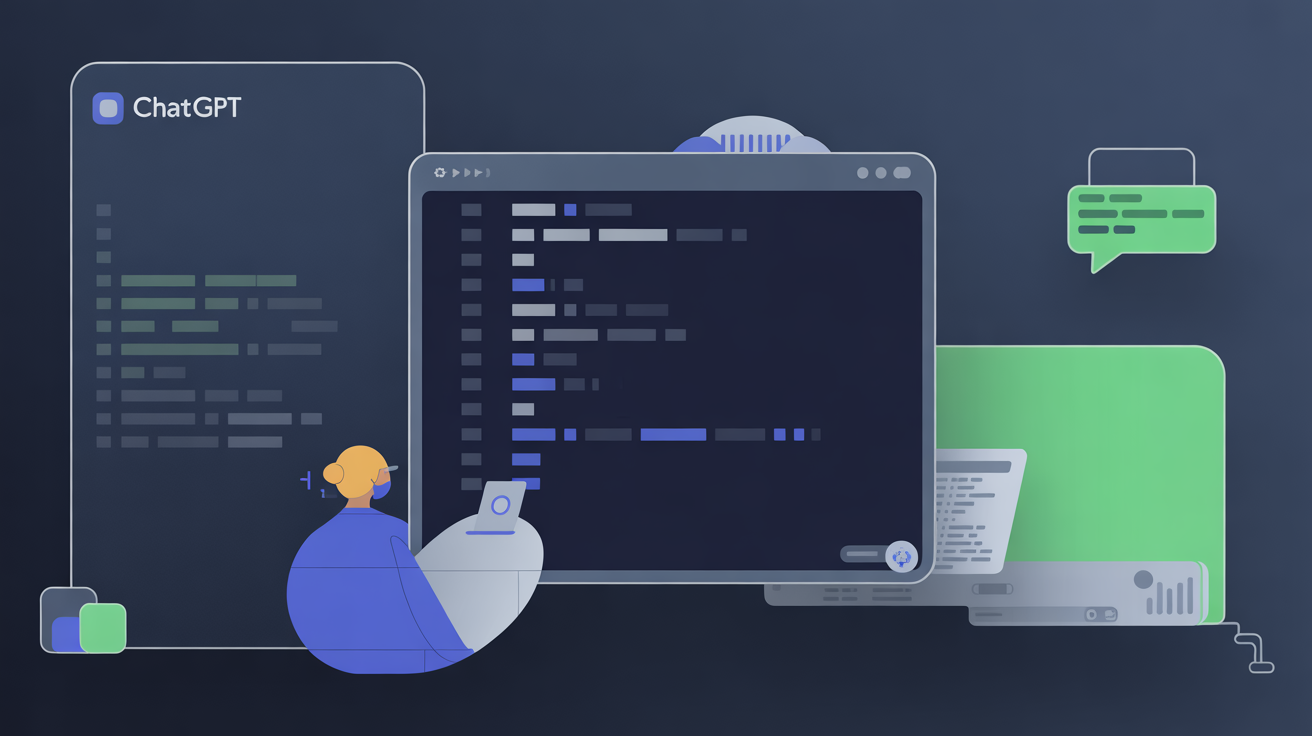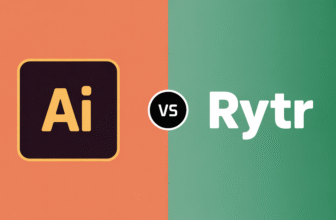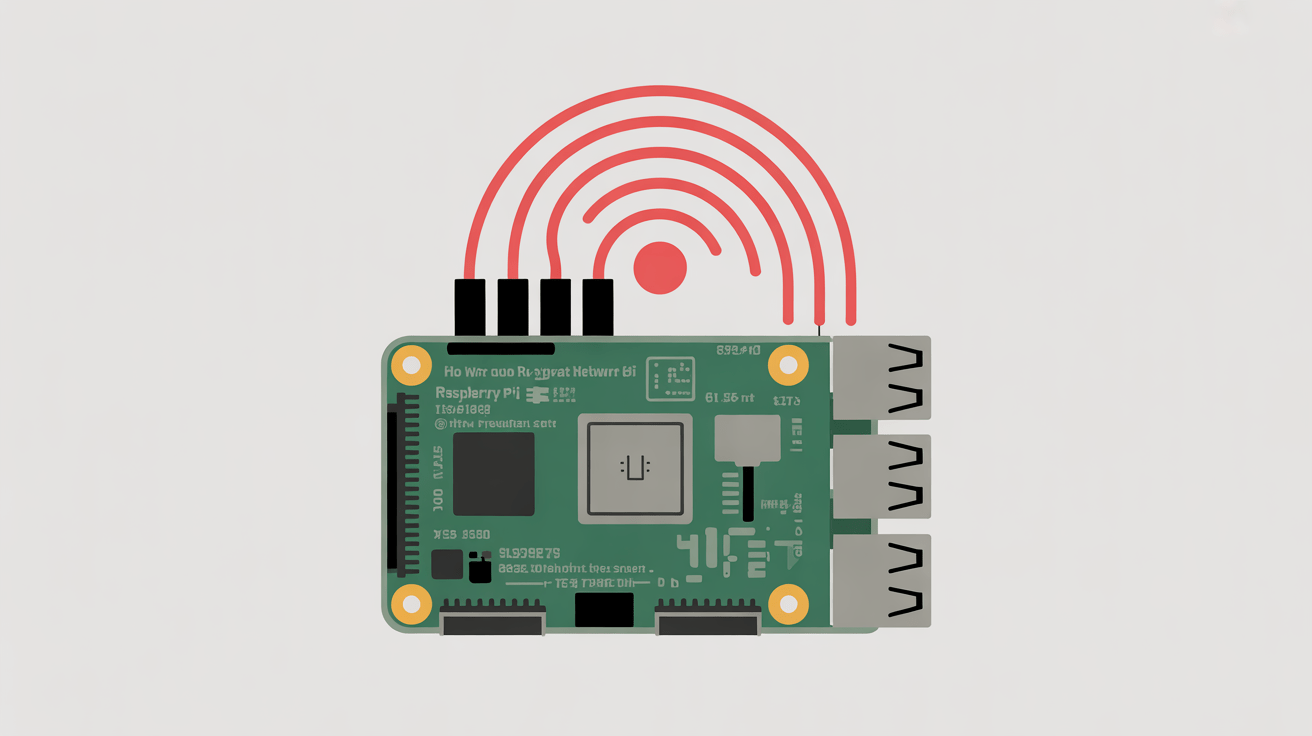
In the rapidly evolving field of generative AI, image generation models have moved from a niche research topic to mainstream tools revolutionizing creativity and industry workflows. Among the leaders,Midjourney and DALL·E 3 stand out as foremost contenders for the title of top AI image creator. Developers, engineers, researchers, founders, and investors closely watching this technology juggernaut need a clear, technical comparison to understand which AI truly generates better images-and under what criteria and use cases.
Technological Foundations of Midjourney and DALL·E 3
Evolutionary Background and Model Architectures
Midjourney is a third-party AI image generation service that combines advancements from diffusion models and nuanced prompt engineering to achieve distinct artistic outputs. Unlike DALL·E, Midjourney operates as a closed system optimized for creative aesthetics, leaning heavily on user interactions from platforms like Discord for prompt tuning.
DALL·E 3,developed by OpenAI,is the latest iteration of their text-to-image model,built on a diffusion-based transformer architecture with integrated language understanding.It leverages advancements from contrastive learning and multimodal models like GPT-4, enabling tighter connections between text and generated imagery.
Core AI Models and Training Paradigms
Midjourney utilizes diffusion models augmented by proprietary latent representation techniques fine-tuned on a massive dataset of curated visual art styles spanning various mediums.
DALL·E 3 integrates transformer-based generative models with a multimodal training approach,combining text and images with enhanced alignment and reasoning,improving the accuracy and relevance of generated visuals to complex prompts.
How to Interpret Their Architectural Differences
Architecturally, Midjourney’s model is somewhat less transparent but excels in stylistic richness and painterly image quality by incorporating numerous stylistic filters and heuristic tweaks.
DALL·E 3’s architecture is designed for higher fidelity in textual correspondence, detailed composition, and photorealism thanks to tighter integration between its text encoder and image decoder modules.
Image Quality Comparison: Resolution, Clarity, and Style Fidelity
Resolution and Detail Accuracy
DALL·E 3 leads in native output resolution with support up to 1024×1024 pixels and enhanced details due to its multi-stage diffusion process. It reproduces fine textures and nuanced lighting remarkably well.
Midjourney, while often producing equally high resolution images, emphasizes visual impact over ultra-fine detail, often smoothing textures to create a more artistic or surreal look.
Color Accuracy and Palette Versatility
Midjourney excels at vibrant, dramatic palettes and can mimic classical and modern artistic styles with color intensity well suited for evocative artworks.
DALL·E 3 colors are often more naturalistic, sticking close to real-world color physics, which appeals to applications demanding realism or subtlety in color use.
Faithfulness to Text Prompts
DALL·E 3 typically outperforms Midjourney on prompt adherence,accurately depicting complex scenes described in multi-sentence prompts due to its robust language understanding.
Midjourney’s results sometimes favor creative interpretation over literal fidelity,which can be desirable or limiting depending on the use case.
User Experience and Customization for Developers and Artists
Integration Options: API and Platform Usability
DALL·E 3 is accessible primarily via the OpenAI API and various integrated platforms like Microsoft Designer and Bing Image Creator, offering seamless incorporation into larger applications and workflows.
Midjourney runs mainly through its Discord bot interface,which,while intuitive for casual and professional artists,can be less developer-amiable,requiring workarounds for automated workflows.
Prompt Engineering and Control
Midjourney offers intricate prompt modifiers that allow users to control style, aspect ratio, and rendering quality, leaning into its artistic user base’s needs.
DALL·E 3 supports natural language prompt complexity and has incorporated negative prompting features and inpainting tools for contextual edits, enhancing developer control over outcomes.
community, Support, and documentation Infrastructure
OpenAI sustains extensive API documentation, developer forums, and transparent changelogs, making DALL·E 3 a strong choice for engineers and startups integrating AI vision.
Midjourney’s Discord community is vibrant and active but less formalized, with documentation often spread across community posts and FAQs rather than structured developer resources.
Performance Metrics and Latency: Speed vs Quality Trade-offs
Inference Time and Model Throughput
DALL·E 3 offers solid inference times averaging around 3-7 seconds per image via API endpoints, leveraging Microsoft Azure’s scalable cloud infrastructure for throughput scaling.
Midjourney’s generation speed varies depending on subscription tier and server load, with Discord-based interaction adding some latency overhead but generally delivering images within 15-30 seconds.
Resource Efficiency and Scalability
DALL·E 3’s cloud deployment takes advantage of optimized hardware accelerators like NVIDIA H100 GPUs to run large transformer networks efficiently at scale.
Midjourney’s backend specifics remain less public, though community reports hint at a mixture of GPUs optimized for diffusion sampling and artistically curated model checkpoints.
Ethical Considerations: Bias, Copyright, and Content Moderation
Bias Mitigation and Fairness in AI Outputs
OpenAI implements robust bias-reduction techniques in DALL·E 3, using filtered training datasets and reinforcement learning from human feedback (RLHF) to mitigate stereotypical or harmful content generation.
Midjourney also applies content filters but has faced criticism for less transparent handling of biases and user-submitted content that may amplify problematic representations.
Handling Copyright and Generated Image Ownership
OpenAI’s terms grant users broad rights to images generated by DALL·E 3,subject to restrictions on misuse and content guidelines. OpenAI also licenses datasets with licensing considerations carefully aligned to copyright laws.
Midjourney has navigated complex copyright debates amid criticism regarding training datasets scraped without explicit permission, though it asserts user ownership over generated content.
Content moderation Policies and User Safety
DALL·E 3 integrates safety filters blocking violent, sexual, or hate-related imagery, enforced both before and after generation, backed by AI-driven content classifiers.
Midjourney’s Discord-based interface enables community flagging and moderation with active governance but depends heavily on community reporting and manual intervention.
Licensing Costs, Subscription Models, and Monetization Pathways
DALL·E 3 API Pricing and access Levels
OpenAI offers graduated pricing with pay-as-you-go tiers allowing developers to scale usage from hobbyist projects to enterprise-level production, with transparent cost per 1,000 images generated.
Access to DALL·E 3 is generally contingent on platform use agreements, including usage policies restricting certain submission domains.
Midjourney Subscription Plans and Usage Limits
Midjourney employs a tiered monthly subscription model ranging from personal limited use plans to corporate packages offering priority GPU access, higher resolution outputs, and commercial licensing.
The Discord-driven ecosystem encourages viral community growth but imposes usage caps depending on plan level, incentivizing higher tiers for professional work.
Industry Applications: Creative Arts, Advertising, and Product Design
Use Cases Best Suited for Midjourney
Midjourney thrives in artistic concept generation, mood boards, fantasy illustration, and design ideation where style and imagination take precedence over strict realism or literal interpretation.
Self-reliant artists, game studios, and marketing agencies exploit its ability to conjure unique visual styles quickly at scale.
Use Cases Best Suited for DALL·E 3
DALL·E 3’s strength lies in photorealistic rendering, product mockups, UI/UX visual content, and advertisement creatives requiring clear textual alignment and consistent branding imagery.
Its robust API facilitates integration into digital content pipelines, e-commerce platforms, and accessibility tools (e.g., image descriptions for the visually impaired).
Emerging Hybrid Approaches and Workflow Synergies
Enterprises are experimenting with hybrid workflows-using Midjourney for initial creative exploration followed by DALL·E 3 for refinement and precision. This layered approach merges the artistic freedom of Midjourney with DALL·E’s technical fidelity.
API Integration and Developer Tooling: Extending AI Image Generation
DALL·E 3 API Features for Developers
- Direct endpoints for text-to-image and inpainting
- Negative prompting capabilities to exclude unwanted elements
- Rate limiting and usage quotas with granular billing controls
- rich metadata outputs to facilitate image classification and further processing
Midjourney’s Developer and Automation Options
Midjourney does not yet offer an official public API but encourages automation via unofficial Discord bot scripting and community-built wrappers, which may limit production readiness.
Best Practices for Scaling AI Image Generation in Products
To optimize cost and latency, developers should cache popular prompts, batch requests strategically, and apply content moderation filters upstream. Multi-model pipelines integrating both Midjourney and DALL·E can offer differentiated experiences based on user persona and use case.
Future Trajectories: Open Research, Model Improvements, and Market Dynamics
Advances in Multimodal AI and Generative models
Research suggests future models will combine language, image, audio, and 3D understanding into unified architectures. OpenAI has indicated plans for even tighter synergy between GPT and DALL·E models,potentially ushering in interactive AI companions for creative assistance.
Impact of Regulation and Ethical AI on Model Development
Governments and international bodies increasingly scrutinize AI models for ethical compliance, data privacy, and copyright adherence. Companies will need to navigate these frameworks carefully to maintain product viability and public trust.
Market Competition and Ecosystem Growth
the AI art generation space remains highly competitive with entrants like Stability AI’s Stable Diffusion, Google’s Imagen, and commercial startups driving innovation. Long-term success will depend on continual technical breakthroughs and diverse application ecosystems.
Choosing the Right AI for Your Image Generation Needs
Decision Criteria for Developers and Businesses
Factors to weigh include:
- Desired image style: artistic flair vs photorealism
- Degree of prompt complexity and fidelity required
- API access, reliability, and integration capabilities
- Performance requirements around latency and throughput
- Budget and licensing constraints
- Ethical considerations relevant to content moderation and copyright
Real-World Use Case Profiling
- Marketing agencies: often favor Midjourney for aspirational visuals and mood boards.
- Product design firms: rely on DALL·E 3’s precision for mockups and visual prototyping.
- Game developers: combine both to prototype characters and environments with varied stylistic depth.
- Individual creators: choose platforms aligned with creative control and community engagement preferences.
Expert Recommendations
For projects prioritizing realistic, detailed images with robust developer tooling, DALL·E 3 remains the frontline contender.Where artistic expression, rapid iteration, and community-driven refinement matter, Midjourney shines as a powerful complement. Hybridization of both models is becoming a pragmatic strategy to leverage best-in-class capabilities.






